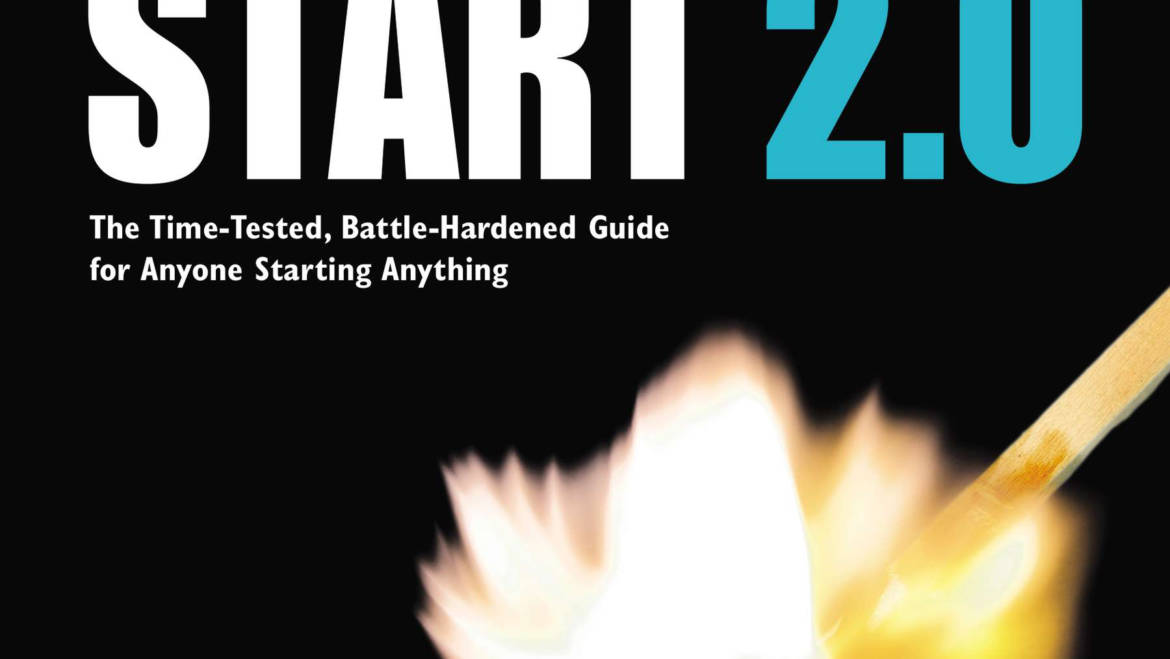The Art of the Start 2.0 is the revised and expanded version of Guy Kawasaki’s bestselling guide for anyone starting anything. Considered a classic within the start-up and business community, this book is a handy guide for those starting a business: from creating a winning team to dealing with competition.
Don’t have time to read the book? Below is a summary of all the important points that you need to know from The Art of the Start 2.0.
I. The Art of Starting Up
- Great companies don’t begin with grand ambitions. They start by asking the simple questions: “therefore, what? Isn’t this interesting? Why aren’t we doing this in our company? Is there a better way?”
- If you have the answer to the simple question, go find your sweet spot. The sweet spot is when 3 important factors meet: expertise, passion, and opportunity. Don’t have all 3? You just need at least 2 to start and you can develop the 3rd later on.
- Think about your customers and the meaning your startup brings. If you make meaning, you’ll probably make money.
II. The Art of Launching
- Some people want to re-test and perfect a product that they miss the opportunity or something better comes along. Good enough is good enough and then tweak along the way. Perfection is for big companies that have time and resources.
- Entrepreneurship is at its best when it alters the future, and it alters the future when it jumps curves. Example: how a telegraph jumped to a telephone to a mobile phone to a smart phone.
- Pick a good name
- Minimum Viable Product – product that is able to get through the feedback loop and make money.
III. The Art of Leading
- Establish a culture of execution
- Set and communicate goals
- Measure progress
- Establish a single point of accountability
- Be part of the solution
- Reward the achievers
- Follow through until an issue is solved or not relevant
- Hire better than you (or the potential to be better than you).
IV. The Art of Bootstrapping
- Work as if you will never get funding again
- Outsource all other functions that are not strategic roles such as customer service, IT, and accounting.
- Focus on function, not form
V. The Art of Fundraising
- Aside from bank loans and personal funds, there are three (3) forms of fundraising
- Crowd funding: democratic, open, and transparent fundraising, where you take preorders from the public.
- Angel investors: Individuals who want to pay back society and perhaps make money.
- Venture Capitalists: Individuals who want to make money and perhaps pay back society.
VI. The Art of Pitching
- In creating a presentation, follow the 10/20/30 rule:
- Maximum ten (10) slides
- Twenty (20) minutes presenting
- Thirty (30) size font
- When explaining to others about your business, answer the question: so what?
VII. The Art of Building a Team
- When hiring, answer these questions:
- Can the candidate do what you need?
- Does he/she believe in what you are doing?
- Likeable and trustworthy?
- Establish an initial review period in 90 days with incremental milestones. The more concrete the performance, the better.
- High achievers tend to have major weaknesses. People without major weaknesses tend to be mediocre.
- Purpose of references: to see if how the person presented him/herself is consistent on how he/she actually is.
VIII. The Art of Evangelizing
- When people believe in your product, they will help you succeed through credible, continuous, and cost- effective proselytization.
- Customers don’t care if you want to destroy the competition. They just care about the benefits they will receive.
- Make your brand “human.” Have fun, feature your customers, and help the poor.
IX. The Art of Socializing
- Make a plan (figure out your business model, what kind of people you need to attract to make this business model work, what these people want to know).
- Be on all platforms (social media, website, etc.)
- Create content
X. The Art of Rainmaking
- Everyone becomes so focused on a product’s intended use/customers that they fail to see how it is blossoming in unexpected ways.
- Educate your customers about your product, but make sure it is 90% educational and 10% promotional.
- Talk about benefits, not features.
- Listen to what your customers have to say.
XI. The Art of Partnering
- Good partnerships should accelerate cash flow, increase revenue, and reduce costs.
- When partnering, remember:
- Partner for spreadsheet reasons.
- Define deliverables and objectives
- Ensure that the middles and bottoms like the deal
- Find internal champions
- Accentuate strengths, don’t cover weaknesses
- Cut win-win deals
- Wait to legislate
- Put an out clause in the deal
XII. The Art of Enduring
- “Winning isn’t everything but the will to prepare to win is everything.” – Vince Lombardi
- To endure:
- Strive for internalization- getting people to believe in your product and it’s way of doing things
- Push implementation down- real work is done by middles and bottoms
- Use intrinsic methods
- Invoke reciprocation
- Invoke consistency
- Build an ecosystem
- Diversify the team
XIII. The Art of Being Mensch
- The true measure of a man is how he treats someone who can do him absolutely no good.
About Us:
MyOffice is a virtual office and coworking space in the Philippines. Established in 2004, the company currently has three branches in the country’s financial districts of Makati City and Bonifacio Global City. MyOffice offers various business solutions and work spaces that cater to the needs of start-ups, freelancers, and mobile entrepreneurs. Services include use of business address for permits, inquiry handling, call answering and transfer, PO box, meeting rooms, private offices, and many more.
Source:



